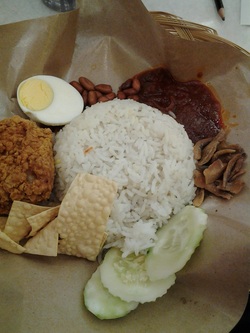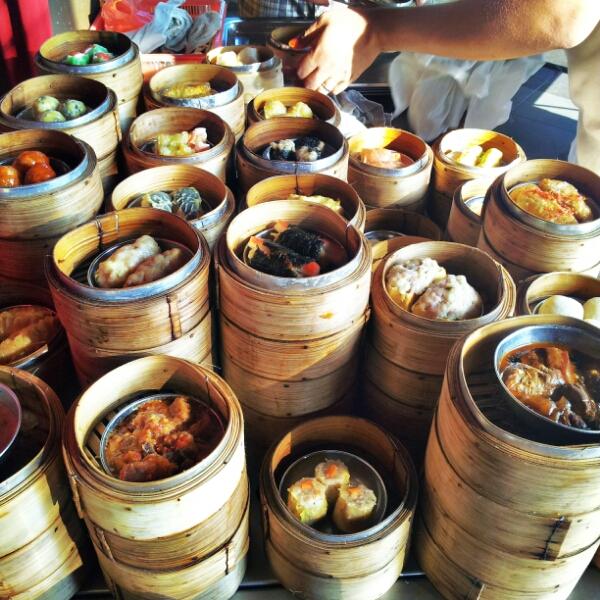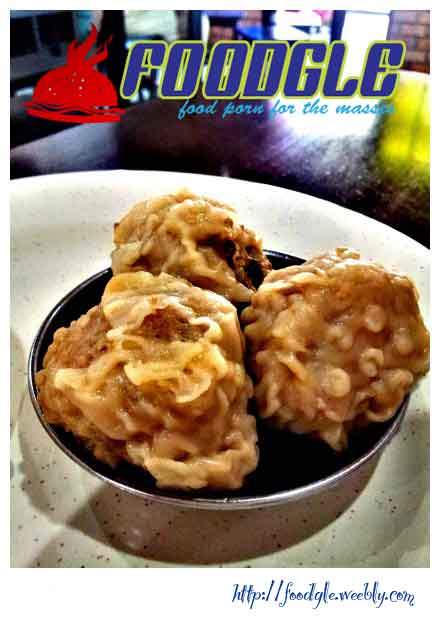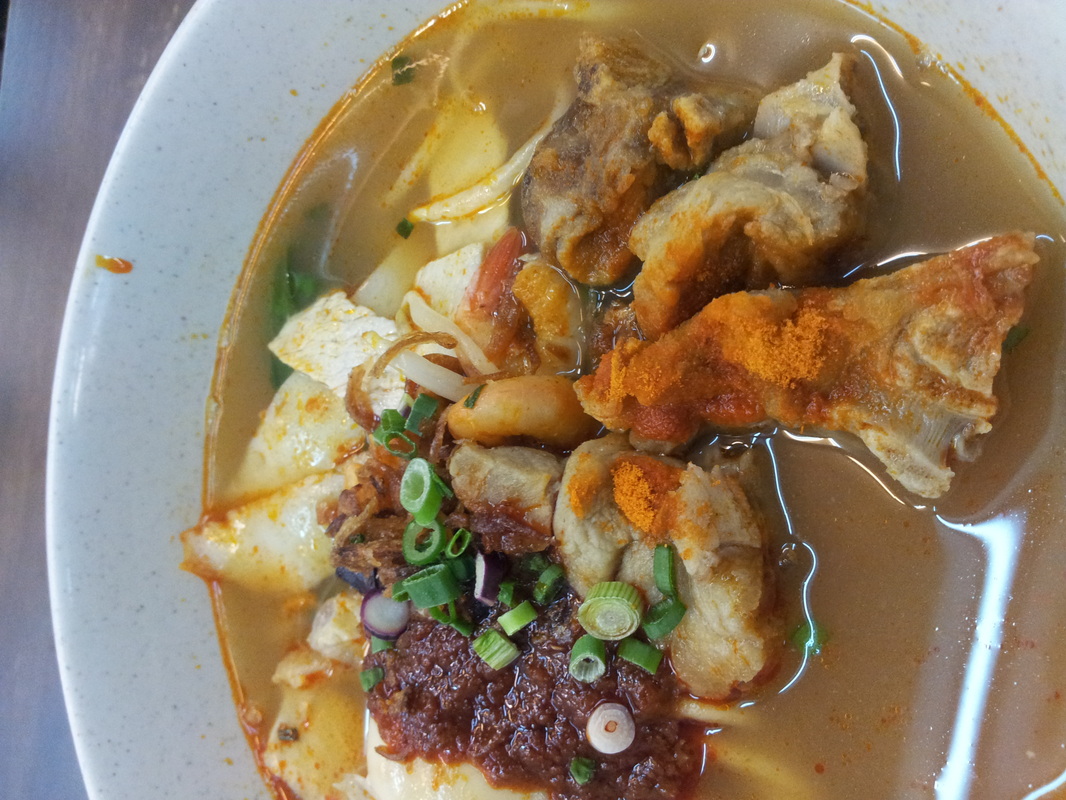If there was ever to be a ubiquitous Chinese dish then it has to be Wantan Noodles. Any man who opens a Chinese noodle shop has to in some ways be prepared to offering a sampling of this culinary skills in preparing this common and much loved Chinese meal, which can be eaten as a snack.
The Chinese has always found a way of adapting wherever they go and this applies to the dishes they cooked. In Malaysia and Singapore, the Fujian people are credited with inventing this dish which of course is putting it lightly.

Anthony Bourdain raved about it when he was visiting Malaysia and people wonder why would anyone in their right mind would do so for a rice parcel that is literally translated to mean "Fat Rice" in Malay.
Nasi Lemak as the locals call it is indigenous to Malaysia and Singapore. It is not known to be found in Indonesia though a version of it, called Nasi Uduk, does exist and bears some passing resemblance.
But it would be foolish to think about the real origins of this dish as with all cuisines, the myriad of ingredients are a testament to the fusion of cultures that binds this dish together.
Fat Rice, is called such because it is made by boiling rice with Coconut Milk. Blue ginger (Galangal) is sometimes added to kick the taste up a notch along with some salt to taste. This coconut brew added to rice has to originate from Southern India, where they love adding copious amounts of that liquid to almost all types of dishes.
Another important element of the dish is the garnishing, where slices of cucumber is used. Cucumber, as any British soul would tell you, came from India.





 RSS Feed
RSS Feed